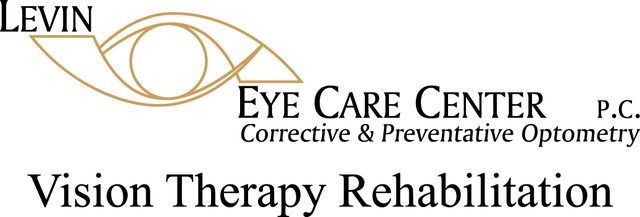Do you ever notice your child’s eyes crossing or moving in different directions?
Just as babies slowly learn to walk and talk, they must also learn to see and correctly use their eyes to experience the world around them. Learning to focus their eyes, move them and use them together accurately is a process that takes place over time during infancy and childhood. If you notice your child’s eyes crossing or turning in different directions beyond the age of four months, this could be more concerning.
Crossing Eyes Are Normal In A Newborn
A common question we hear from parents is, “My baby’s eyes cross sometimes and move in different directions. What does it mean?” Since a baby’s visual system isn’t fully developed until later in childhood, it is normal for their eyes to cross or wander occasionally during the first few months of life. This should stop, however, after four months of age.
Past Four Months, It May Be Strabismus
If you notice that your child’s eyes crossing or turning in different directions most of the time or beyond the age of four months, they may have strabismus. Strabismus is an eye condition in which both eyes don’t look at the same place at the same time. It can occur in one or both eyes, be constant or occur intermittently, and can be present from birth or develop later, most often by the age of three.
Strabismus can be caused by a number of things. The problem may occur in the muscles around the eye, the part of the brain that directs eye movements, or the nerves that transmit information to the eye muscles. Certain health conditions such as down syndrome and cerebral palsy may make a child more likely to develop strabismus.
Early Treatment Is Important
Strabismus can cause double vision and interferes with a person’s ability to perceive depth. Some people may think that their child will outgrow strabismus, but this is untrue. In fact, if strabismus is left untreated, it can progress to amblyopia, or lazy eye.
When the eyes are misaligned, the brain receives two different images. If left untreated, the brain will eventually ignore the image from the turned or crossed eye, permanently reducing vision in that eye. This is when amblyopia occurs.
The good news is that strabismus, if treated early, can be corrected with much success. Treatment options include:
- Eyeglasses or contact lenses
- Prism lenses
- Vision therapy
- Eye muscle surgery
Eye Exams Are Crucial To Your Child’s Vision Health
Infants should have their first comprehensive eye exam at six months. During their exam, we ensure that your child’s eyes are developing and working together properly. If you notice your child’s eyes crossing, frequently turning or wandering before they are six months old, call us and set up an appointment. It’s never too early to make sure that your child’s vision is healthy!

